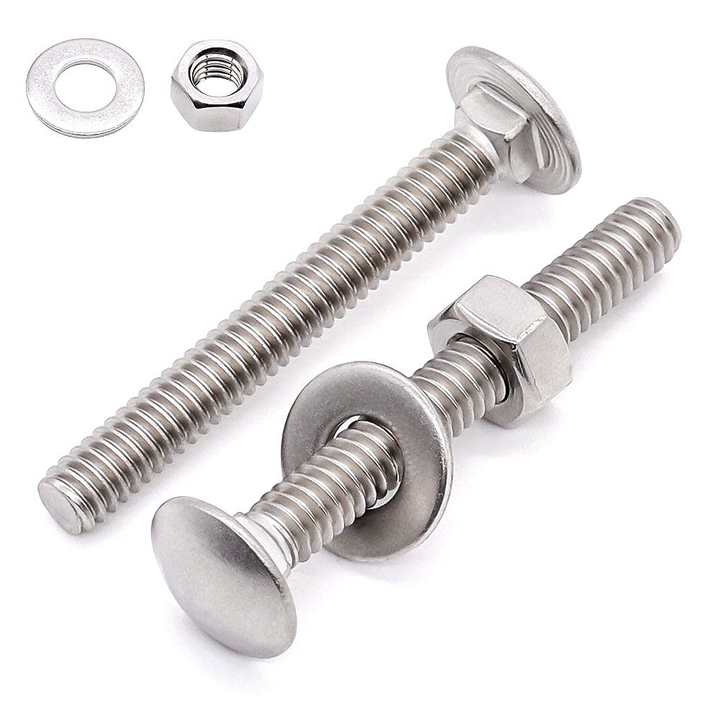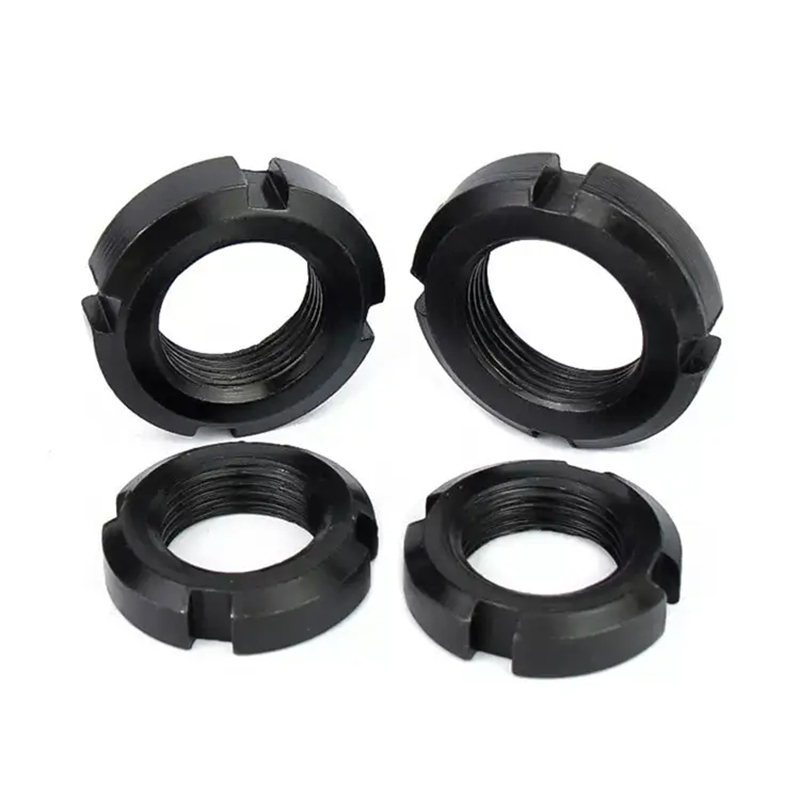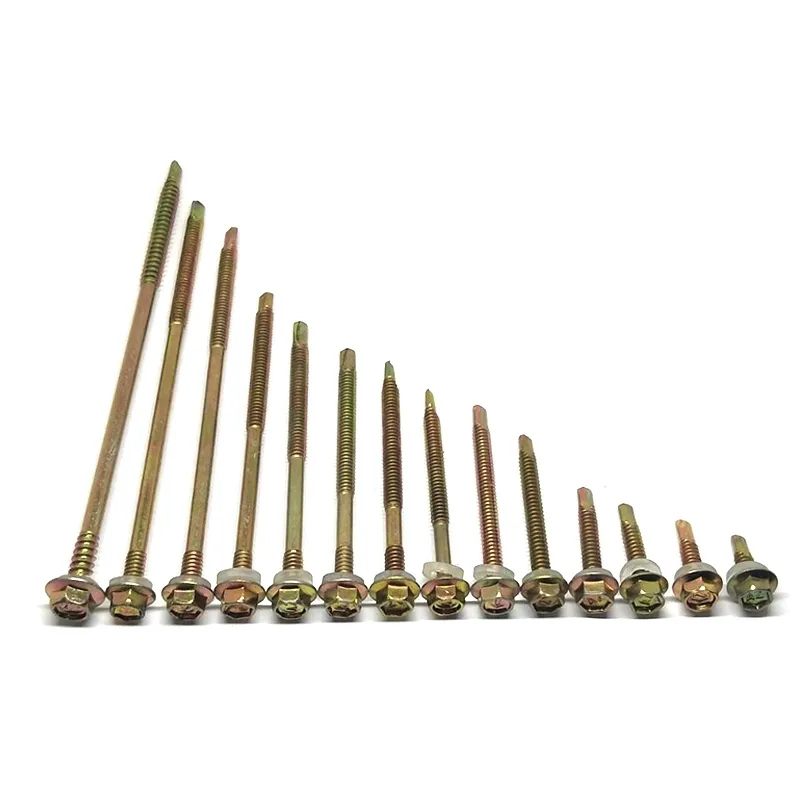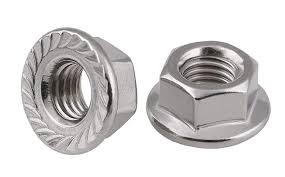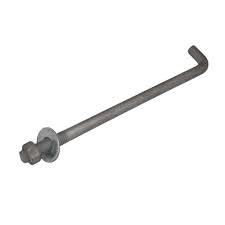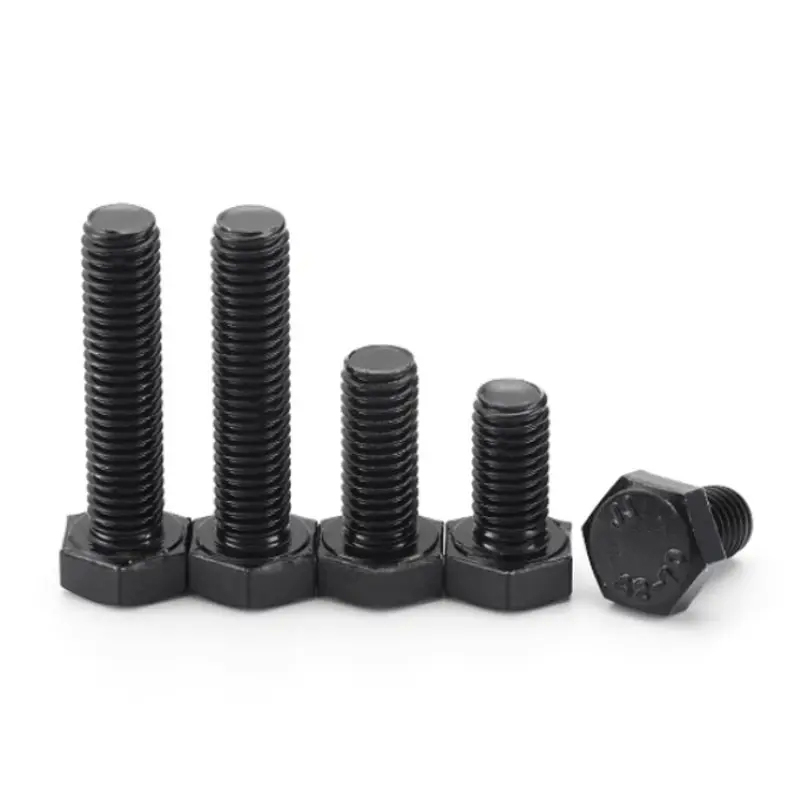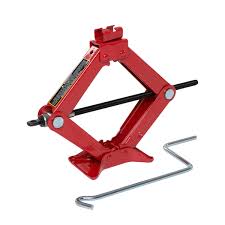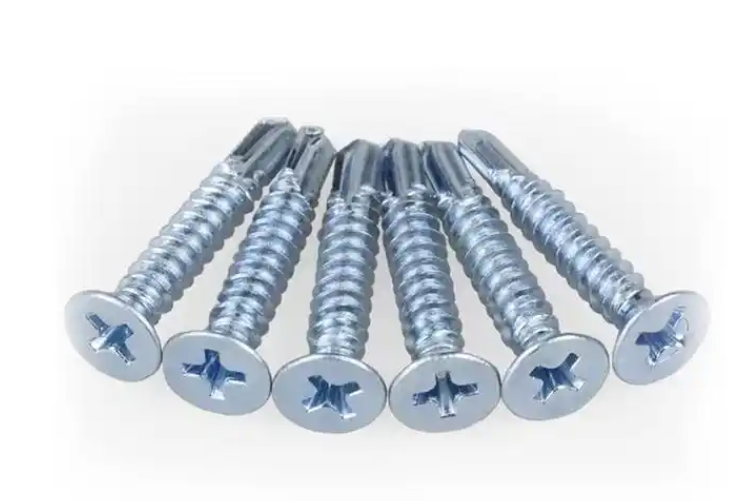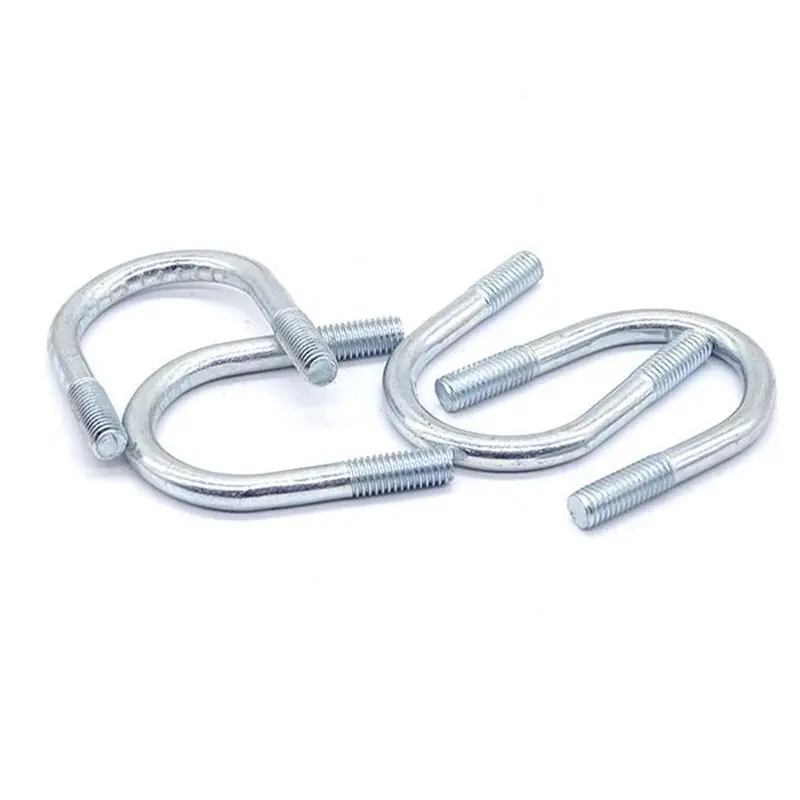

This guide provides a detailed overview of stainless steel U-bolts, covering their types, applications, material specifications, and selection considerations. We'll explore the benefits of using stainless steel for U-bolt applications and offer guidance on choosing the right stainless steel U-bolt for your specific needs. Learn how to properly install and maintain these versatile fasteners for optimal performance and longevity.
Stainless steel U-bolts are available in various grades, each offering a unique combination of strength, corrosion resistance, and cost-effectiveness. Common grades include 304, 316, and 410 stainless steel. 304 stainless steel offers good corrosion resistance and is suitable for many general applications. 316 stainless steel provides superior corrosion resistance, particularly in harsh environments like marine or chemical processing. 410 stainless steel is a more cost-effective option but offers slightly less corrosion resistance than 304 or 316. The choice of material grade depends heavily on the specific application and environmental conditions. Selecting the right grade is crucial for ensuring the longevity and performance of your stainless steel U-bolts.
Stainless steel U-bolts are available in a wide range of sizes and dimensions, typically specified by the bolt diameter, the inside diameter of the U, and the overall length. Accurate sizing is essential for proper application and secure fastening. Consult manufacturer specifications for precise dimensions and tolerances. Many suppliers, such as Hebei Dewell Metal Products Co., LTD, offer comprehensive catalogs and detailed specifications for their stainless steel U-bolts.
Stainless steel U-bolts may come with different finishes, impacting their appearance and corrosion resistance. Common finishes include mill finish, polished, and passivated. Mill finish is the standard finish directly from the manufacturing process. Polished finishes provide a more aesthetically pleasing appearance, while passivation enhances corrosion resistance through a chemical process. The choice of finish depends on both functionality and aesthetic preferences.
The versatility of stainless steel U-bolts makes them suitable for a broad range of applications across various industries. They are commonly used in:
Selecting the appropriate stainless steel U-bolt requires considering several factors:
Proper installation and regular maintenance are vital for ensuring the longevity and effectiveness of stainless steel U-bolts. Always use the appropriate tools and techniques to avoid damaging the bolt or the components it secures. Regular inspections can help identify any signs of wear or corrosion early on, allowing for timely repairs or replacements.
| Grade | Corrosion Resistance | Strength | Cost |
|---|---|---|---|
| 304 | Good | Moderate | Moderate |
| 316 | Excellent | Moderate | High |
| 410 | Fair | High | Low |
Note: This comparison is a general overview. Specific properties may vary depending on the manufacturer and the exact alloy composition. Always consult manufacturer specifications for detailed information.
For a wide selection of high-quality stainless steel U-bolts, explore the extensive inventory available at Hebei Dewell Metal Products Co., LTD. They offer a variety of sizes, grades, and finishes to meet your specific needs.



